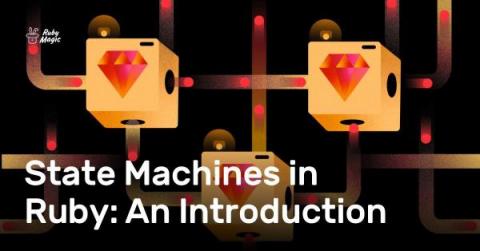An Introduction to Multithreading in Node.js
Computers are becoming more powerful, thanks to GPUs and multi-core CPUs. Equally, applications are getting more complex as they leverage threads (independent execution units in a process) for maximum application performance and responsiveness. In this article, we will explain what multithreading is, and how Node.js handles asynchronous operations using the event loop and worker pools. We'll also discuss how to use the Node.js worker-threads module to create and manage threads. Let's get started!











